For a better view, rotate DEVICE to landScape - fine art PRINTS AVAILABLE SOON!
Do the Fujifilm X Series Cameras Deserve All the Rave?
"Fuji changed the game in 2010 with the launch of the Fujifilm X100, reintroducing retro-inspired design and manual controls to modern digital cameras. They did so with style, finesse, and impressive build quality, earning the admiration of camera enthusiasts around the world."
DOCU
John T.
2 min read
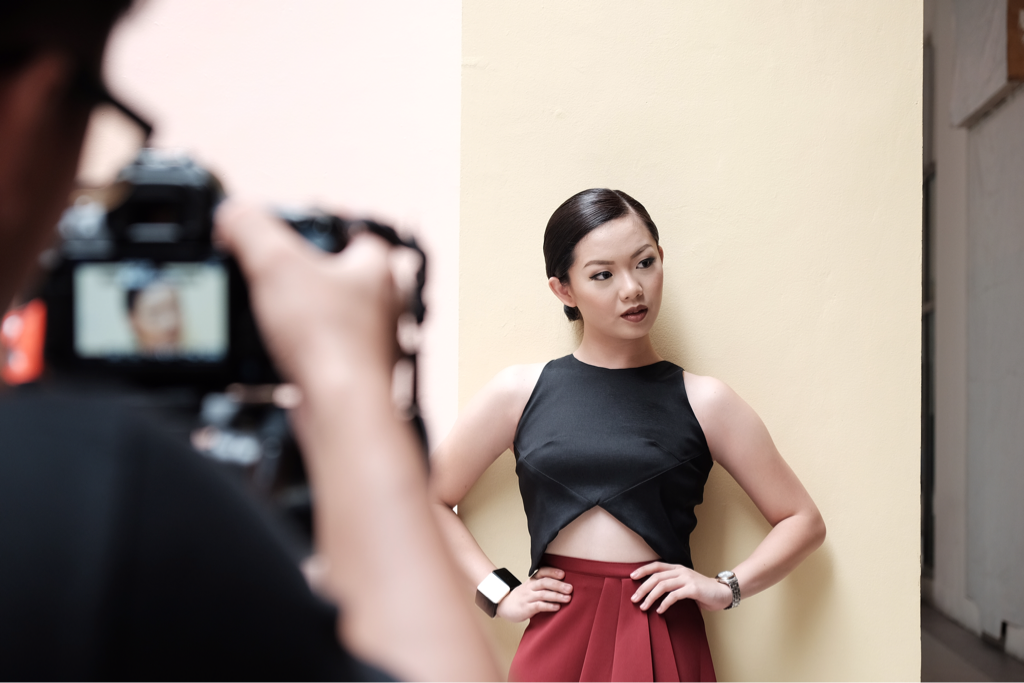

Fuji has changed the game by moving back to retro controls and design on their cameras since the introduction of the Fujifilm X100 in 2010. They've done so with style, finesse, and quality, much to the appreciation of the camera enthusiast. Using Fuji's depth of experience in creating film, they have digitally simulated the organic look of their film stocks into the X series. A feat in itself for its wide use and popularity relative to the kind of traction others are able to generate.
Hype or Highs (Reality)?
So is all the rave justified? I believe it is! Fujifilm has always taken a non-traditional approach in designing its sensors. From the Super CCD (2003), the Super CCD EXR (2008), to the X-Trans sensors of today, Fuji has innovated and differentiated itself from the pack by designing proprietary sensors that focus on color reproduction and overall quality of "still images." Taking cues from analog film photography, Fuji designed the arrangement of red, green, and blue photosites more randomly than in conventional Bayer array sensors. This minimizes moiré effects, eliminating the need for a low-pass filter, which, in turn, boosts resolution and sharpness. Video and other bells and whistles are secondary as of this post.
Image Quality (Samples)
I have only shot with an X-T10 on three occasions, and the results were nothing short of my high expectations. With only a Fujinon 18-55 F2.8-4, I produced JPG files that can rival post-processed images in color, skin tone, contrast, sharpness, and detail. Being adept at Photoshop, that's a tall claim.
To hopefully illustrate my point, here are some ambient shots in Chinatown. Adjustments made in post include contrast and vignette tweaks, as well as those discussed below, which make my eyes roll more than heavy traffic. It just drives the WAZE app mad, endlessly rerouting and pinging delays on your ETA.
Here are scenes of BGC, Taguig City, and the Business District of Makati City in the thick of the rush hour traffic!
All images were shot with my Fujifilm X-T10, which I carry along constantly so as not to miss potential (life and death) stories like this. I find that shooting in full manual is still better than shooting with Auto-ISO activated. Full-on manual just allows me to optimize image quality, minimizing noise especially in very low-light scenes. Any camera, especially one with less than a full-frame sensor, will struggle to capture fine detail at night. AF performance was, however, splendid on the Fujifilm X-T10 despite focusing in low light.
Straight out of the camera jpg (SOOC), no edits except minor spot cloning of skin under her arms.
Note: Click an image to open and swipe to see next.
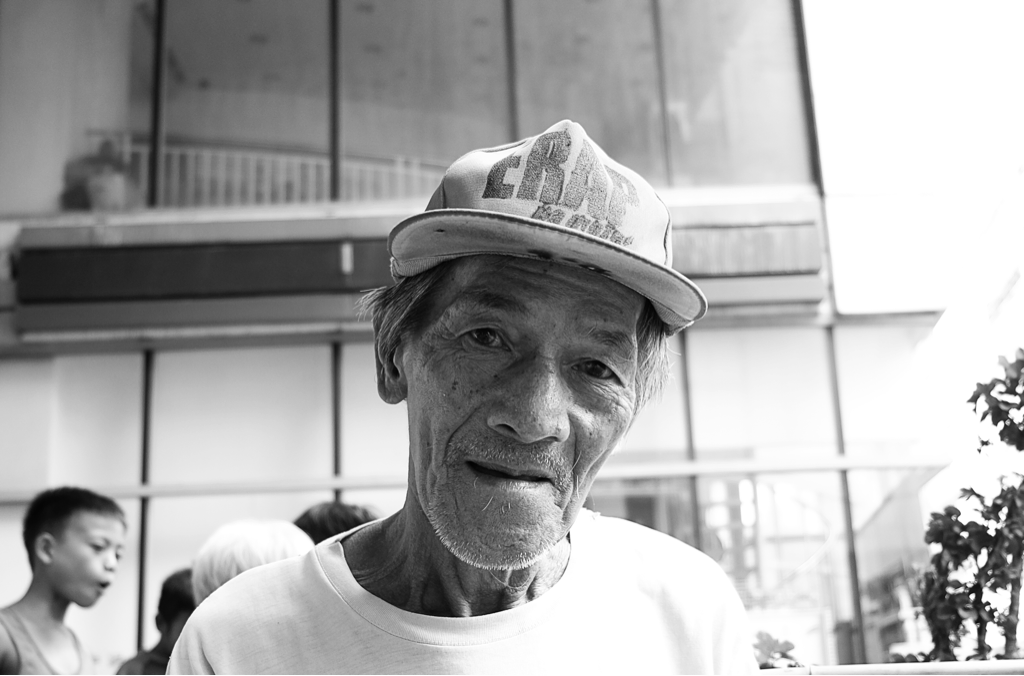
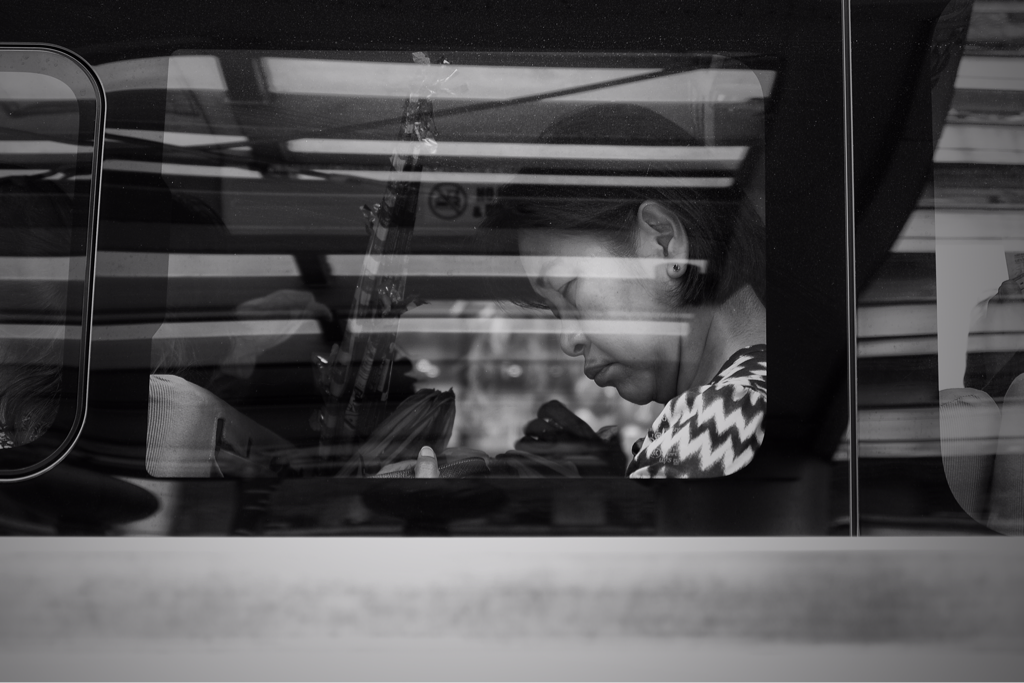
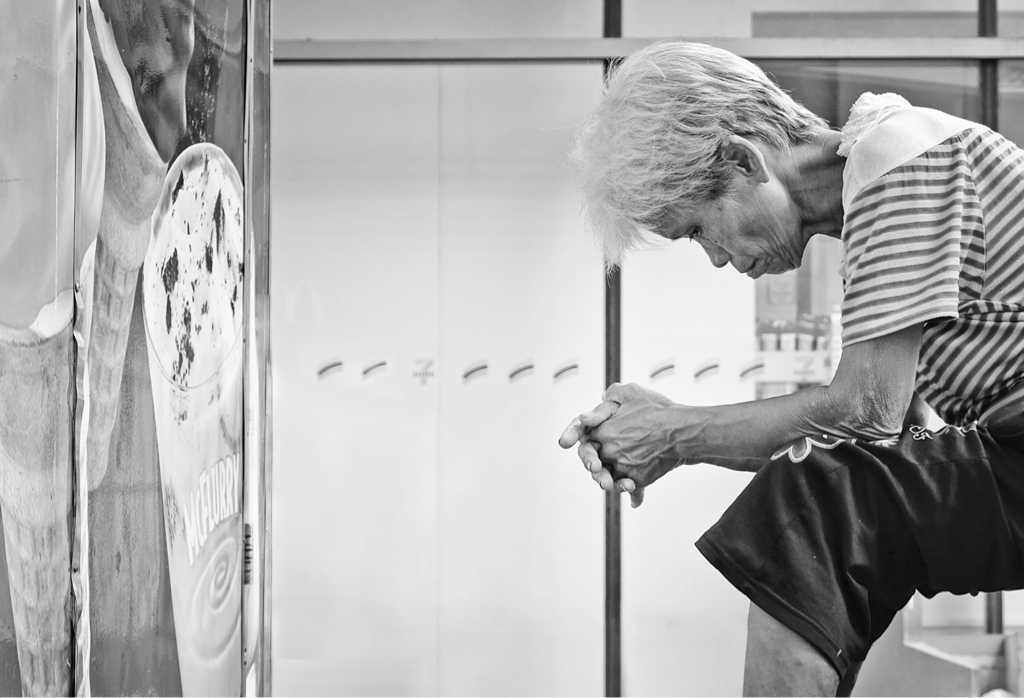
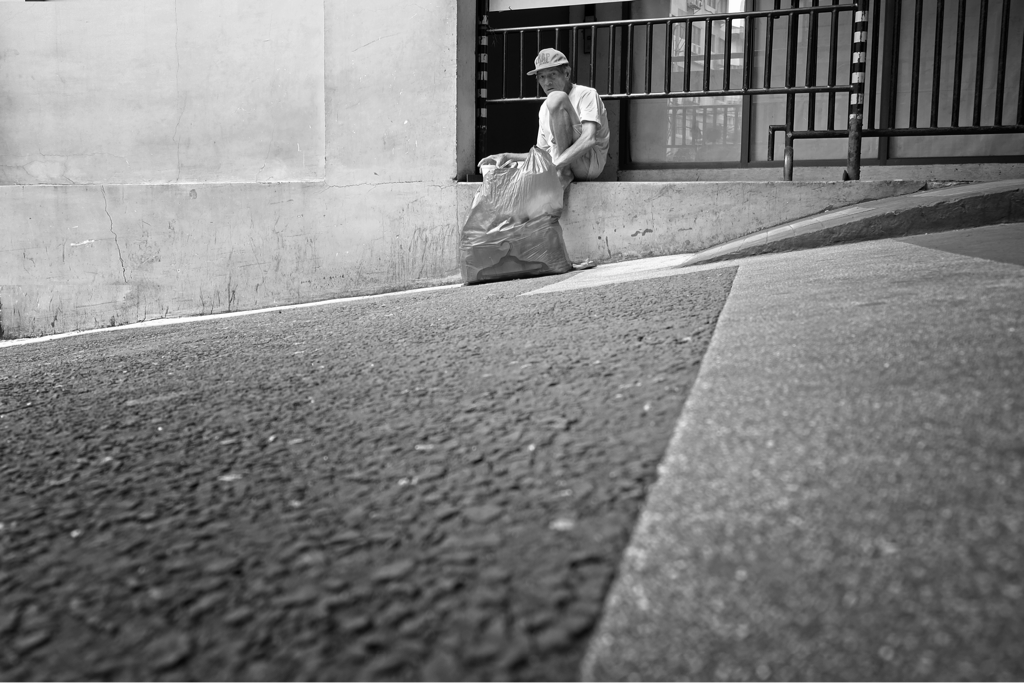
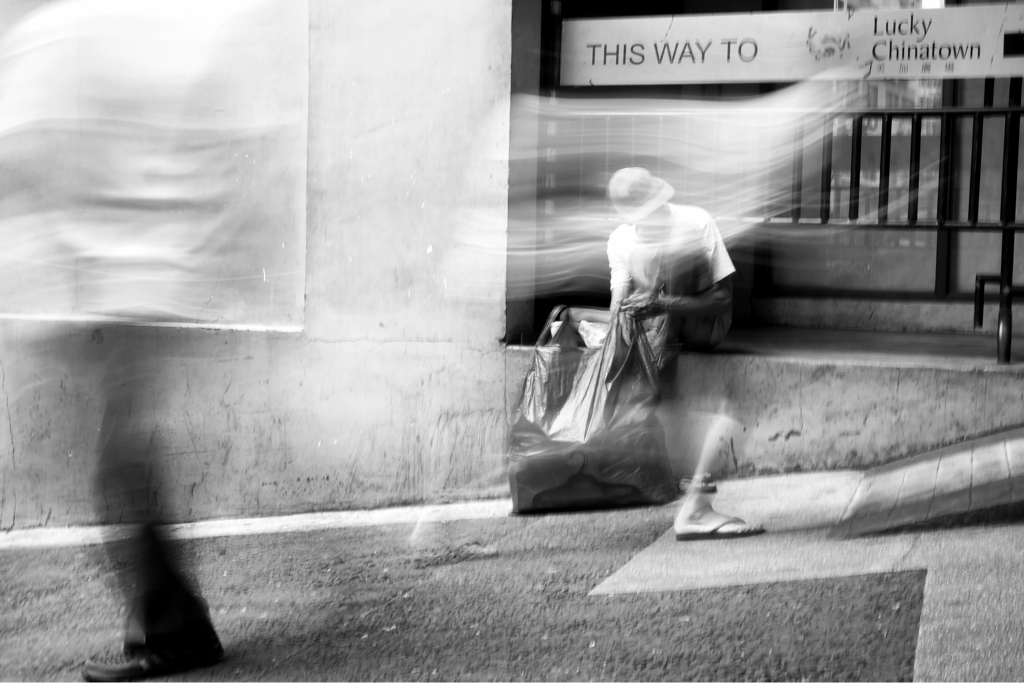
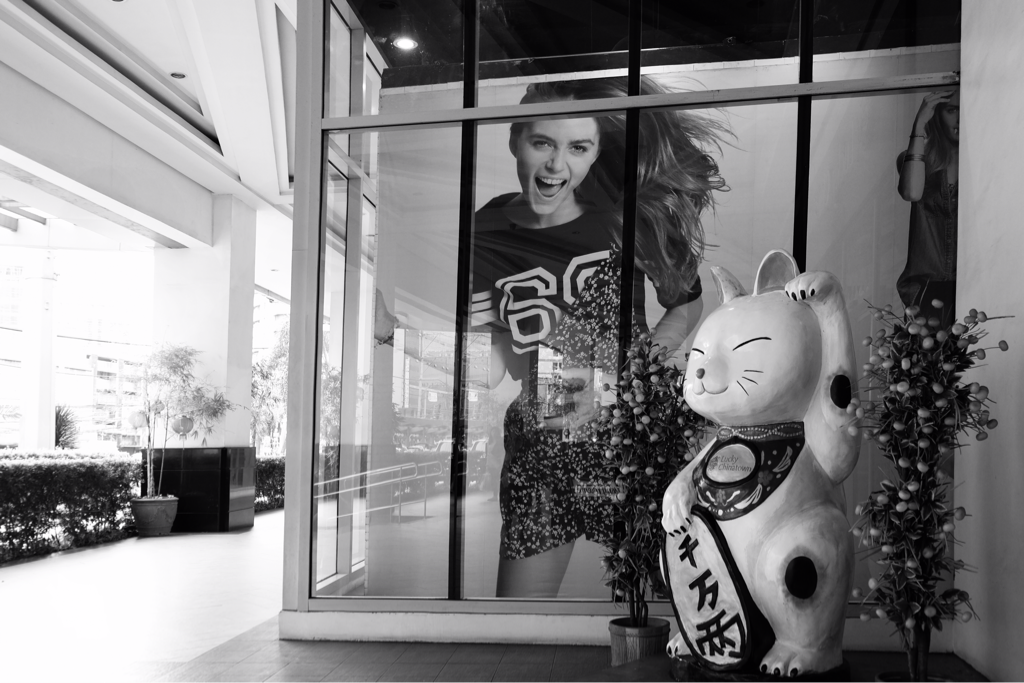
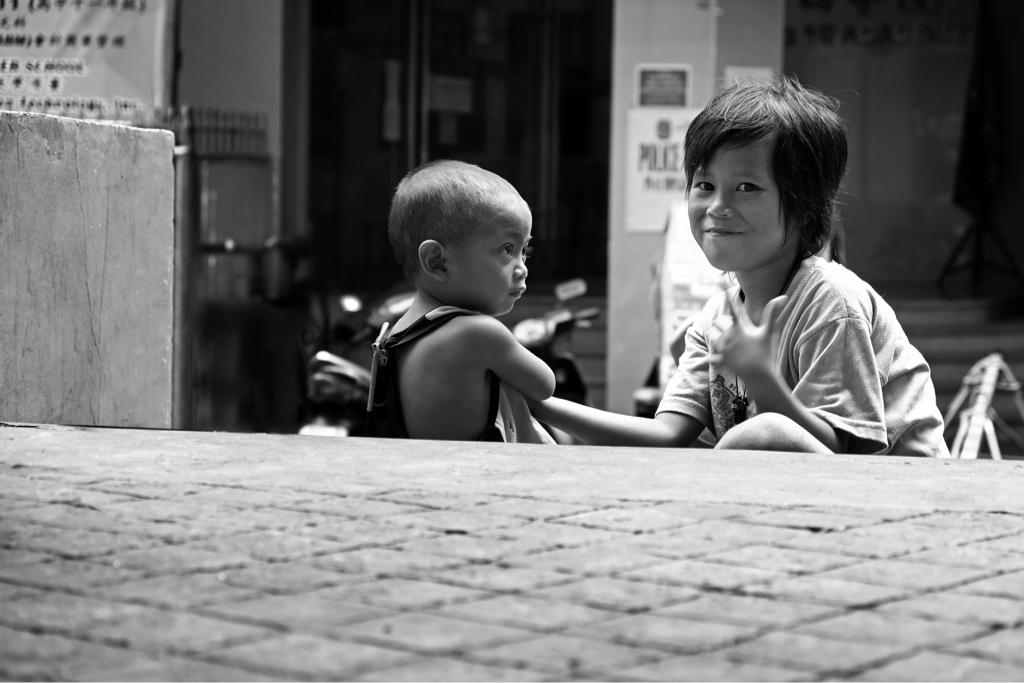









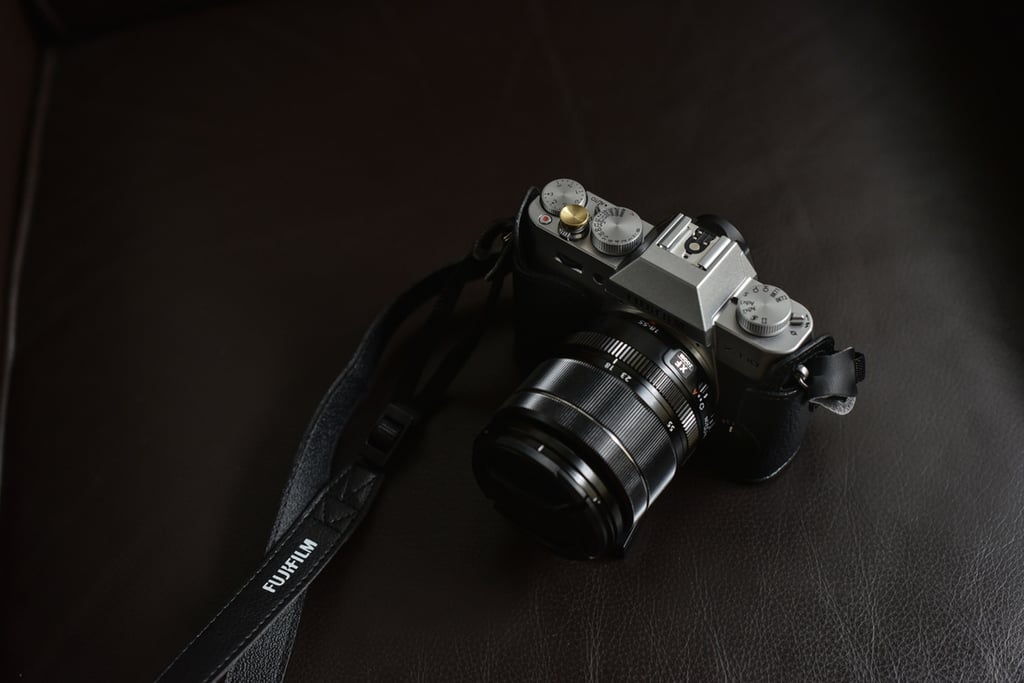

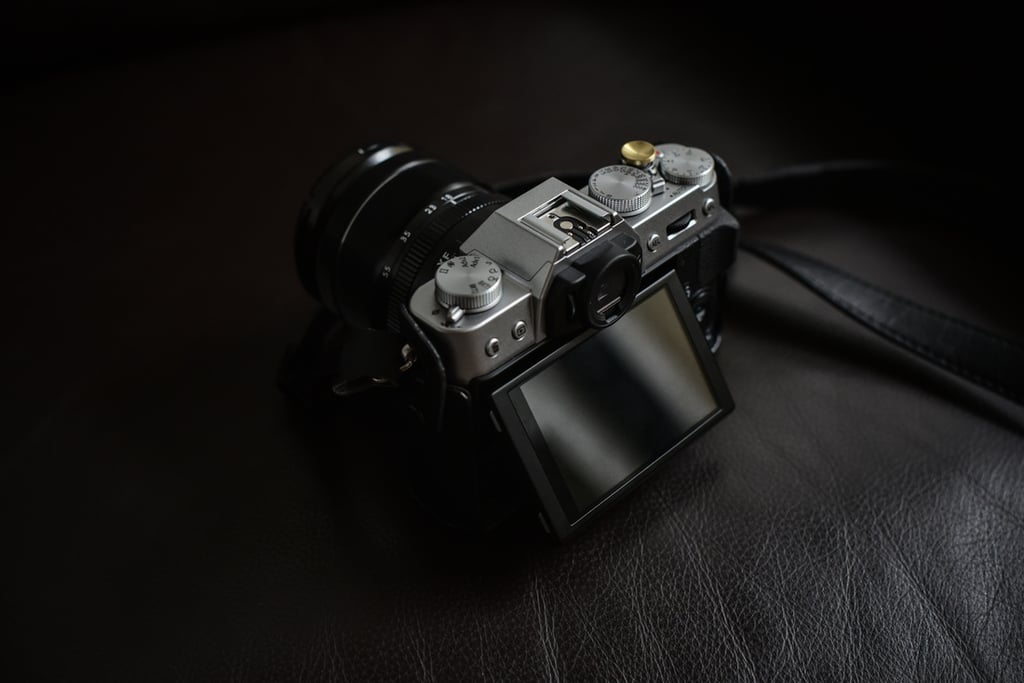

© 2025. All rights reserved.
Connect with The Lensman Collective
Reach out for inquiries about my documentary and
food photography projects. Let's collaborate and
create stunning visual stories together.
Mobile
platetopic@gmail.com
